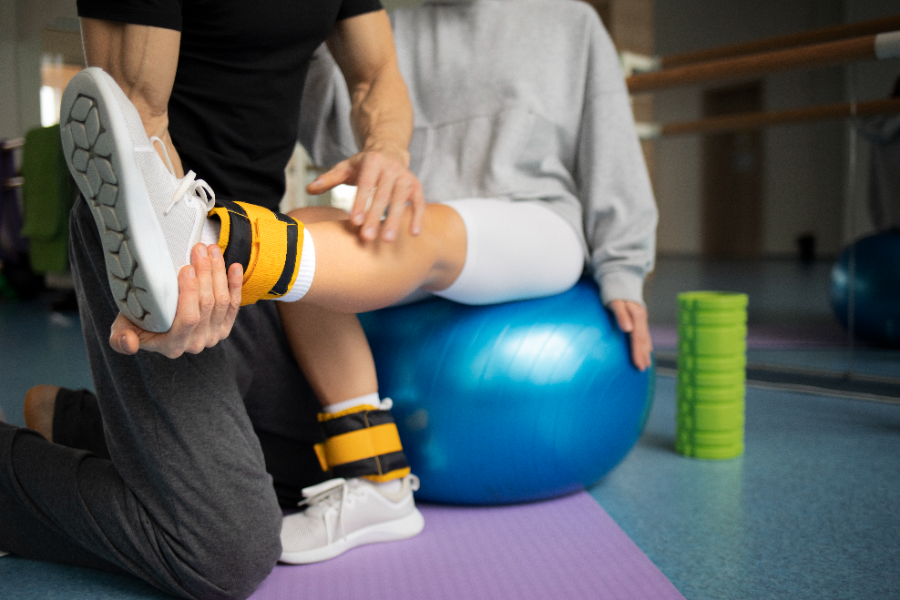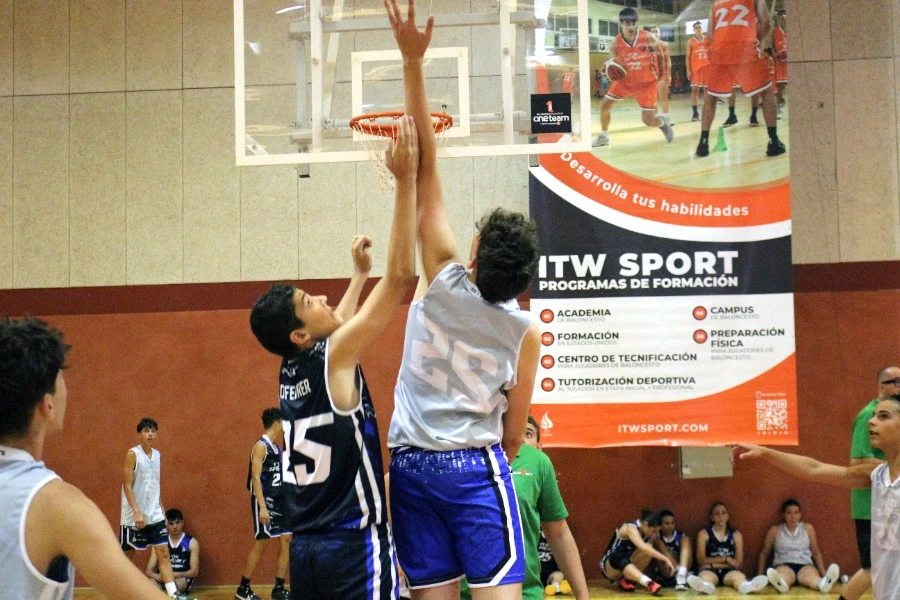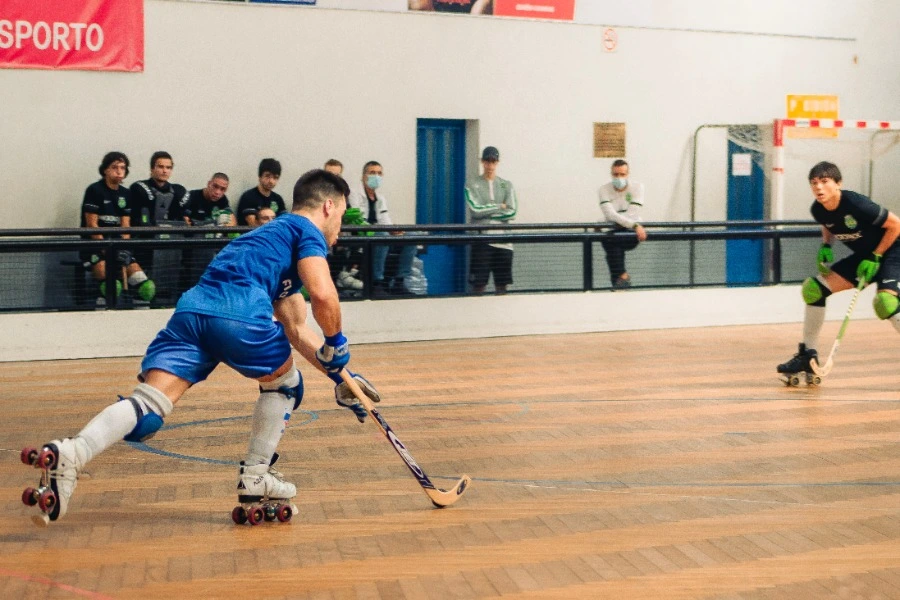In grassroots sports, injury prevention must be a priority for coaches, families, and clubs. Children and adolescents, who are still developing physically and psychologically, are more likely to suffer a sports injury if proper strategies are not applied in training.
In this article, we explain how to plan safe training in youth categories and what practices help reduce injury risk.
Why is Injury Prevention Key in Youth Sports?
During the formative stage, the body has not yet reached structural maturity. Bone growth, lack of coordination, and fatigue from overtraining increase the likelihood of injury. Additionally, an early injury can affect both physical development and the emotional bond with the sport.
That's why implementing an injury prevention-focused approach not only avoids physical problems but also improves young athletes' performance and motivation.
Risk Factors in Youth Categories
To prevent injuries, we must first identify the most common risk factors:
- Lack of warm-up or pre-activation
- Training overload
- Incorrect technique in sport movements
- Improper use of sports equipment
- Lack of rest and insufficient sleep
- Programming errors in volume and intensity

Effective Strategies for Preventing Sports Injuries
1. Dynamic and Specific Warm-Up
A proper warm-up should activate joints, raise body temperature, and prepare the neuromuscular system. Incorporating joint mobility, proprioception, and muscle activation exercises can significantly reduce injury risk.
2. Technical Skills Training
Proper teaching of technical fundamentals (jumps, landings, changes of direction, stops) prevents harmful movements. Technical training must be adapted to the player’s age and maturity level.
3. Load Volume Planning
Avoiding overtraining is essential. Excessive load increases without proper progression lead to accumulated fatigue and increased injury risk. Use microcycles with active recovery days.
4. Strength and Stability Work
Including adapted strength exercises (especially lower body and core), balance, and proprioception improves joint stability—a key aspect in sports with rapid direction and pace changes.
5. Sleep and Rest Hygiene Education
Rest is often underestimated but is the best ally for performance. Sleeping well and respecting recovery times not only boosts performance but also helps the body adapt and prevent muscular overload.
6. Regular Physical Assessments
Conducting regular mobility, strength, and functional tests helps detect imbalances or deficiencies that could lead to sports injuries.
The Coach's Role in Injury Prevention
The coach must take a pedagogical and protective approach. Their role includes not just teaching technique and tactics but also safeguarding the athlete’s health. Watching for signs of fatigue, promoting healthy habits, and keeping open communication with families and physiotherapists is essential.
Injury prevention goes beyond physical training; it also involves personalized monitoring for each athlete. At ITW Sport, we offer comprehensive sports tutoring for youth categories. Our tutors work individually with players on their technical, physical, and emotional development, identifying risk factors early and guiding their progress safely. This holistic approach is key to balanced development and minimizing injury risk.
The Importance of Injury Prevention in Youth Sports
Safe training in youth categories is possible with care, planning, and a thoughtful approach. Injury prevention in sports is not just a medical responsibility; it’s a culture that must be embedded in all stages of grassroots sports. Supporting it means betting on the healthy future of our young athletes.






